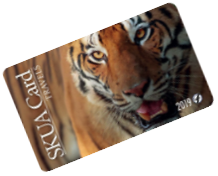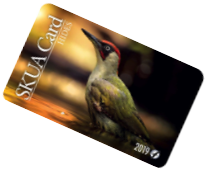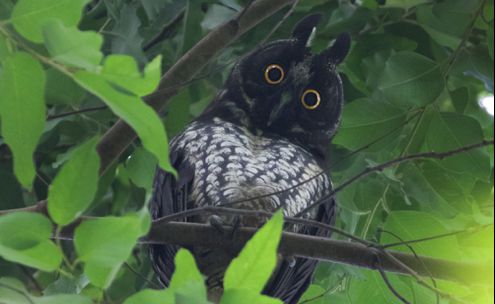
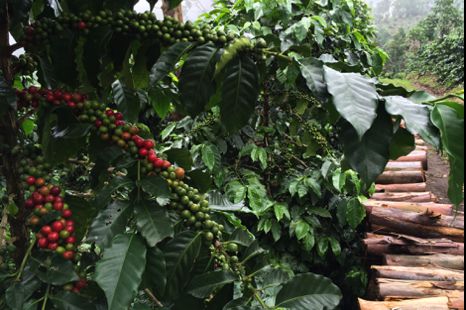

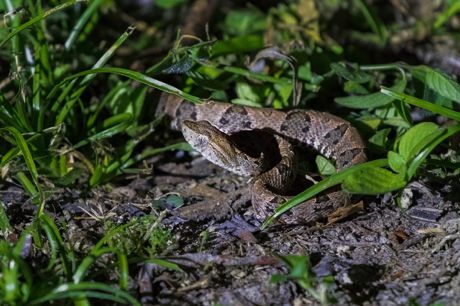
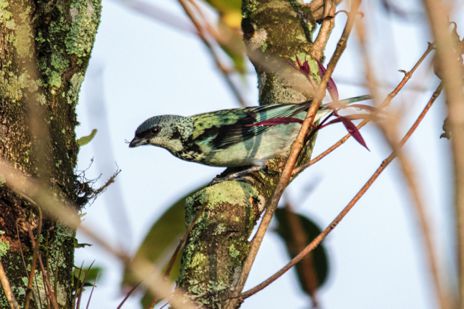
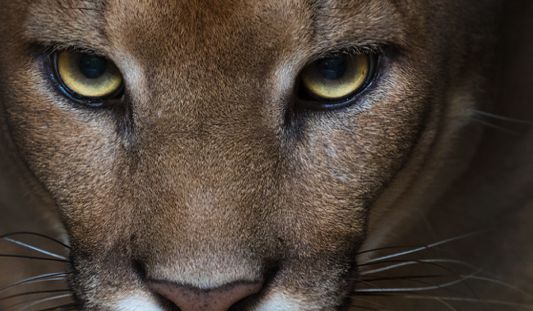
FINCA LOS ANDES
SANTA BARBARA - GUATEMALA

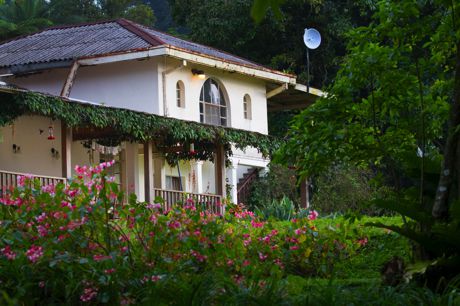

Los Andes Nature Reserve is located on the southern slopes of the Atitlán volcano in Guatemala, overlooking the Pacific Ocean. The topography at Los Andes is very pronounced and the elevations go from 900 to 1,500 m.a.s.l. The reserve is an area in which environmental conservation, agricultural production and human development are carried out in a sustainable manner, for the well being of present and future generations. Sixty percent of Los Andes is original forest. Abundant wildlife, especially birds, fills the tea gardens and coffee fields, and the cloud forest that lies between them and the still warm cone of the volcano.
Visited by birders and conservation scientists from around the world, Los Andes is part of one of the first cloud forests dedicated to the protection of the Resplendent Quetzal. Los Andes is also home to the rare Cabanis Tanager, whose distribution is limited from the east of Chiapas to the west of Guatemala along the Pacific watershed. Other species including King Vulture, Crested Caracara, Emerald Toucanet, Mountain Trogon and Common Bush-tanager, Green-throated Mountain-gem, Blue-throated Motmot, White-throated Magpie-jay, Spotbreasted Oriole, Baltimore Oriole, Orchard Oriole, Red-legged Honeycreepers.
Built in the 1950´s, the “Casa Oliver” at Los Andes welcomes guests that stay at the nature reserve. Enjoy an early morning walk through the surrounding gardens with stunning views of the Atitlán volcano to the north and the Pacific plains towards the south. Have fun watching the hummingbirds as they zoom back and forth or dive into the spring fed swimming pool. The house was built by british Mark and Helen Oliver, who loved Guatemala and spent much of their time at Los Andes. The Olivers were pioneer conservationist and innovators. They started the first association for the protection of the Quetzal bird and built a hydroelectric plant that generates clean renewable energy.
Among the Amphibian species living in the reserve, Craugastor rodophis and Craugastor rupinius state that the Coffee coltivation is good. Others are: Craugastor loki, Craugastor stuarti, Lepdactylus fragilis, Dermophis mexicana, Lithobates maculatus, Agalychnis moreletii, Plectrohyla matudai, Duellmanohyla schmidtorum, Plectrohyla avia, Ptychohyla euthysanota and a new salamander species belonging to Oedipina that has not been classified.
Among reptiles, Anolis dollfusianus, Ameiva ondulata, Sphenomorphus assatus, Adelphicus sargii, Coniophanes fissidens, Geophis nasalis, Tropidodipsas fischeri, Ninia sebae, Imantodes cenchoa, Drymobius margaritiferu, Leptodeira septentrionalis, Pliocercus elapoides and the poisonous Micrurus nigrocinctus.
Around the areas, woods act as a shelter for protected species. Quercus skinneri, Brosimun costaricanum and Elaeodendron trichotomum.
40 species of mammals are present at the reserve.
The main group belongs to Chiroptera orden, followed by Rodents and Carnivores. Among the others: Red Brocket, Grey Fox, Puma, JaguarJaguarundi and Ocelot.







